
A blog focusing on 1/64 diecast from such popular brands as Hot Wheels, Matchbox, Johnny Lightning, M2 Machines, GreenLight, Tomica, Yat Ming, Majorette, MotorMax, Siku, Corgi, Guisval, Playart, Ertl, Zylmex, Racing Champions, & many more. Swifty's Garage features a daily Car Of The Day and news updates from your favorite brands!
Wednesday, February 23, 2011
Car Of The Day: February 23, 2011
Today's car of the day is Matchbox's 1982 Pontiac Firebird racer.
The third generation F-body weighed less than its predecessor and offered sleek, aerodynamic styling that was particularly reflected by the Firebird. GM's CCC (Computer Command Control) engine control system also continued to evolve, simultaneously increasing engine performance, raising fuel economy, and lowering emissions. This combination of factors helped the Third Generation Firebird to re-energize its fading pony car image. By the end of the 1980's, thanks to world class aerodynamics and state of the art computerized engine management, a Firebird would be the fastest American car available at any price.
For more information and pictures of the real car please visit: Pontiac Firebird
I just want to add this disclaimer before I begin: I actually like this particular model in this color and with this tampo scheme. It's probably the color in particular, but I digress. What we have here is an absolute trainwreck from Matchbox. The casting dates to the Universal era and their policy of altering existing castings to get more mileage out of them (how we ended up with the AMX Pro Stocker, IMSA Mustang, IMSA RX-7, Dodge Challenger hot rod, and Chevy Stocker- based on the Javelin AMX, Boss Mustang, Mazda RX-7, Dodge Challenger, and Chevrolet Laguna stocker respectively). Unlike the others mentioned (with the possible exception of the RX-7/IMSA RX-7), this one existed alongside of it's stock counterpart, being a fairly recent model at the time. When the casting was modeified as much that could be recycled was (interior and glass), and the result is a racing car with a production car interior and rear window defrosters. Speaking of the racing modifications, exactly what series is this car supposed to represent? IROC was racing Camaros at the time, and the bulging fender flares and towering rear spoiler seem to be more at home on an IROC racer (or a NASCAR stocker). But the paint schemes this one was given (when they were racing themed and more tasteful than this) generally looked more endurance racing in appearance. Now, speaking of the paint scheme, the color is nice. The tampos? Well, this one is a Tyco era issue and it shows. This is why Matchbox was in sad shape for so many years- poor decisions were being made and the budgets were stretched far thinner than they should have been. Another example: the Challenger casting mentioned earlier had never been out of the line from the time it was issued, to the time it was modified, until the time Mattel took over. It from being a contemporary casting of the car when it was a year out of the showrooms to being used just as classic muscle car prices really started to skyrocket. I'm shocked Mattel didn't save this tooling because of that. The tooling for this Firebird (and its stock counterpart) likewise did not survive the transition from Mt. Laurel to El Segundo. As far as I know the last issue for either of the Firebird castings was a DARE car circa 2000.
The 3rd Generation of Firebirds took flight with three models: Firebird, Firebird S/E, and Firebird Trans Am. The Firebird was the base model, equivalent to the Camaro Sport Coupe; the Firebird S/E was the luxury version; and the Trans Am, the high performance Firebird. For 1982, the new Firebird and Camaro had been completely restyled, with the windshield slope set at a dramatic, wind cheating 62 degrees, (about 3 degrees steeper than anything GM had ever tried before), flush mounted side glass, and for the first time, a large, glass-dominated rear hatchback. Electronically controlled retractable headlamps, and a rounded hoodline and front fenders were the primary characteristics that distinguished the Firebird from its Camaro sibling and its previous Firebird incarnations. The Firebird would retain hidden headlamps until the end of all production in 2002. Pontiac had also hoped to drop the "Trans Am" moniker from the redesigned cars to save royalties paid to the SCCA for use of the name. Early promotional cars were marked "T/A" as an alternative, however it was decided that doing so might cause more problems than it was worth and the "Trans Am" nameplate remained. Still, with its dimensions reduced, wheel base shortened, and weight reduced, the Third Generation Firebird was also the closest yet in size to the original 1967 model. Road & Track selected the 1982 Firebird Trans Am as one of the "12 Best Cars" in the world (along with its cousin, the Camaro). It won "Best Sports GT" category in the $11,000 to $14,000 range (also along with the Camaro). Road & Track called the fuel-injected Trans Am "a dramatic improvement on its predecessors," accelerating from 0-60 in 9.2 seconds.
The new Firebird shrank to a 101-inch wheelbase, losing more than 8 inches in overall length, measured about an inch narrower, and weighed nearly 500 lb (227 kg) less than its 1981 predecessor. It also was the most aerodynamic production Firebird to date with a drag coefficient of 0.33. The new Trans Am took things a bit further, with a coefficient of .32. The Trans Am body would continue to improve aerodynamically over the years, and by 1985 would be the most aerodynamic vehicle to ever be released from General Motors with a 0.29 coefficient of drag. Wind tunnels were used to form the 3rd Gen F-Body's shape, and these aerodynamic developments were fully taken advantage of by Pontiac's design team. The sleek new car had a low slung front end which featured split grilles. They fed some air to the radiator but most of the air came from an air dam underneath the front bumper. Every piece of the car was designed to reduce drag. The newly designed side view mirror housings, made of light alloy metal, were almost cone shaped, with the point facing the wind. The windshield wipers were hidden under the hood with the air intake for the climate control system. It made for a smooth flow of air over the windshield. The retractable headlamps popped up from the leading edge of the hood. (The cars tended to outlive the plastic gears for the headlight doors, and since the dealers charged several hundred dollars for the repair, it was common to see firebirds driving around with one or both headlights stuck open during the day.) Smooth wheelcovers were available on the Trans Am, attached to turbine finned alloy wheels. A frameless, flush mounted, compound curved rear glass hatchback decklid provided 30.9 cu ft (0.87 m3). of cargo space with the rear seats folded, and an optional wiper. It provided no disturbance to the airflow over the back of the car. All of these features combined together to provide a low coefficient of drag. Up front, 10.5-inch-diameter (270 mm) power disc brakes were now made standard on all Firebird models. Taking styling cues from the 1981 design, the new car had full width tail lights, complete with a bird emblem in the center. The all-new suspension design was more advanced and aggressive than anything Detroit had offered previously, easily rivaling the Corvette's handling abilities, (but not it's sophistication). The front suspension utilized MacPherson struts, with inboard mounted coil springs and lower front control arms. Out back, rear coil springs and shocks were positioned between the body and solid rear axle, with twin rear lower control arms/trailing links and a torsion bar, replacing the old-fashioned leaf springs design used previously in the 2nd Gens. A huge torque arm was mounted from the transmissions tailshaft to the rear axle center to further stabilize the axle's tendency to twist.
The interior now featured aircraft inspired details and gauges, using both fake and real Torx head screws that fastened the dash and console trim panels. The large round gauges, black with white numerals, were very legible. The main controls were all within easy reach of the steering wheel, and with the optional Recaro seats, you could drive several hundred miles at a time without fatigue. The 1981 non-Formula 3 spoke steering wheel was re-used and featured a clear Firebird logo mounted in the center of the horn pad, with optional leather grip. Many power options could be had. Special Viscount "PMD" bucket seats were optional, featuring a small opening in the headrest and a PMD logo in the center of the backrest. Leather seats were also available on both the standard seats and Viscount "PMD" seats. A standard locking rear glovebox was mounted on the rear driver"s side of the cargo area, a mini spare tire was hidden behind the opposite panel on the passenger side. A lockable cargo door on the rear floor area and a retractable cargo area privacy shade were also available as options on all Firebirds.
Subscribe to:
Post Comments (Atom)
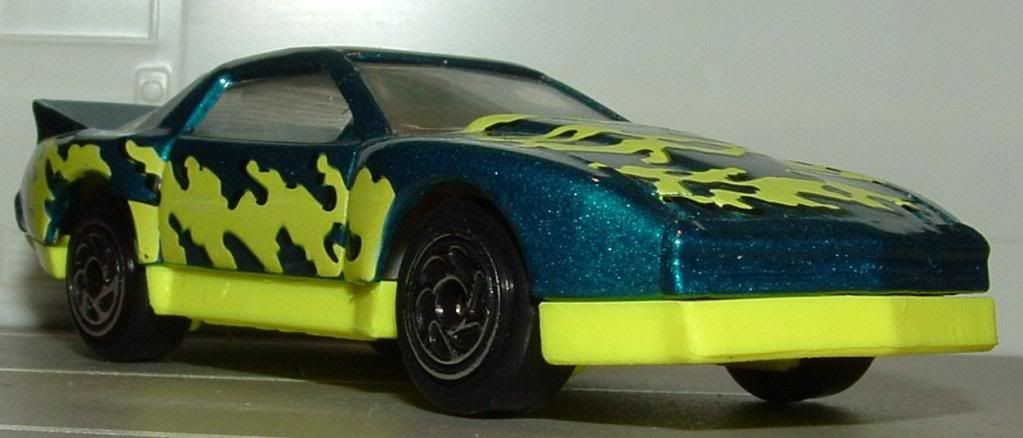
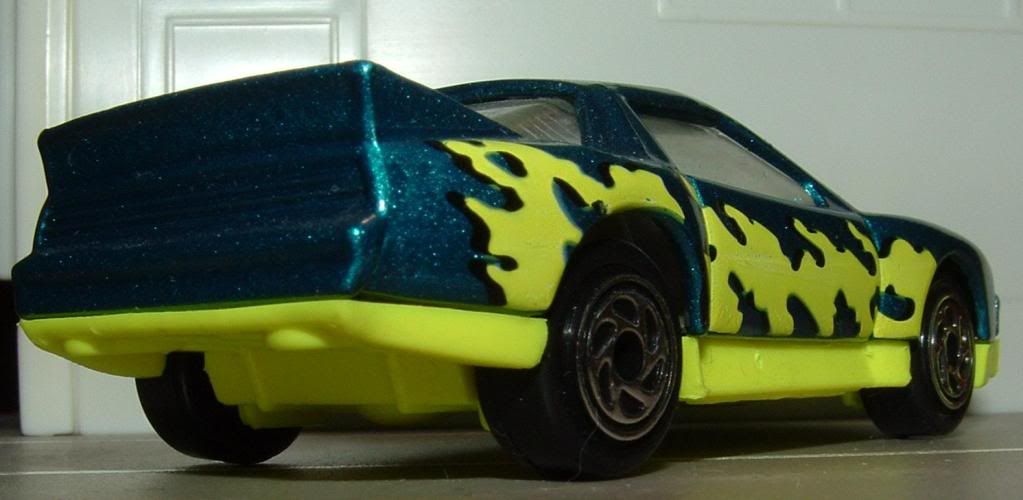

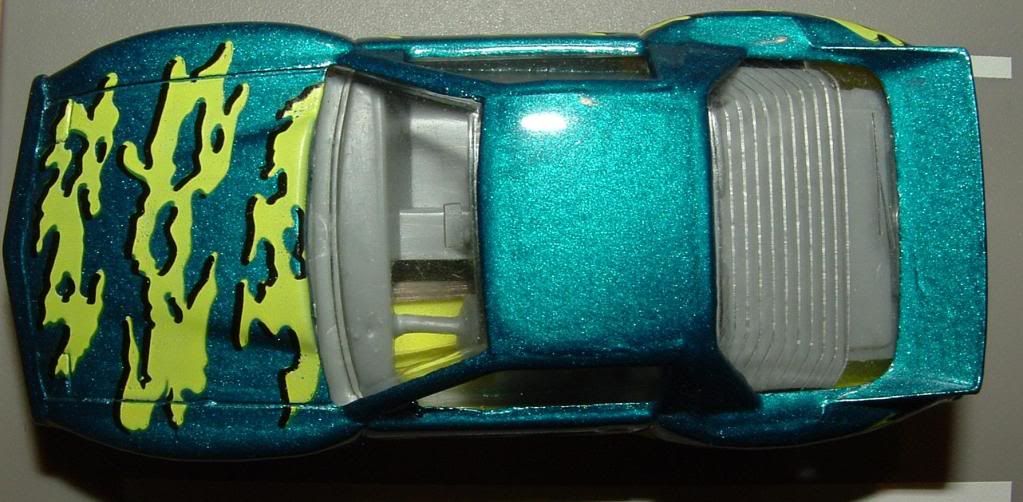
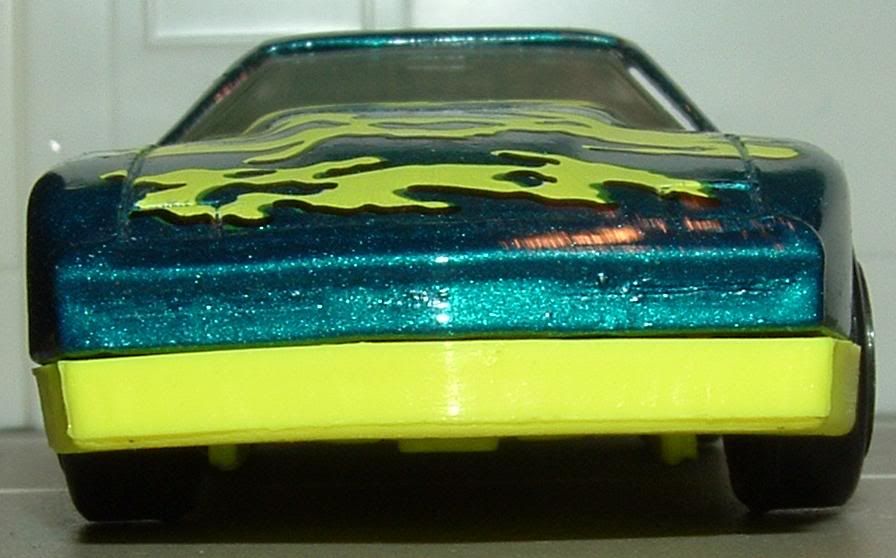
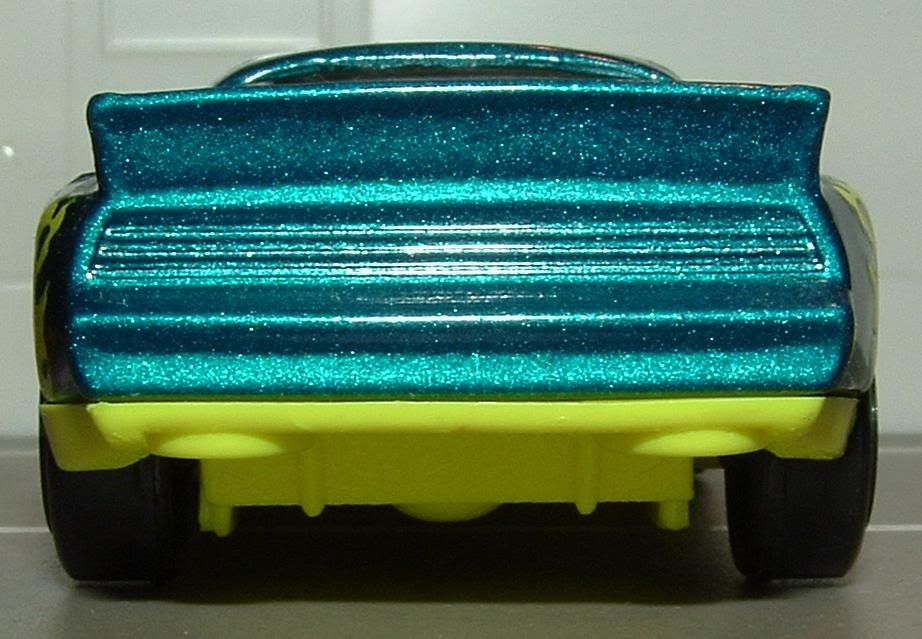
No comments:
Post a Comment